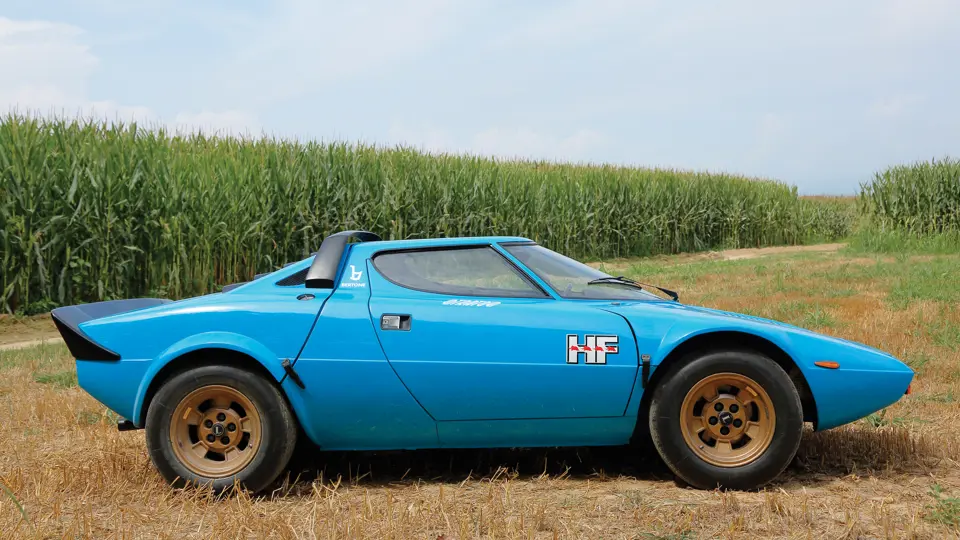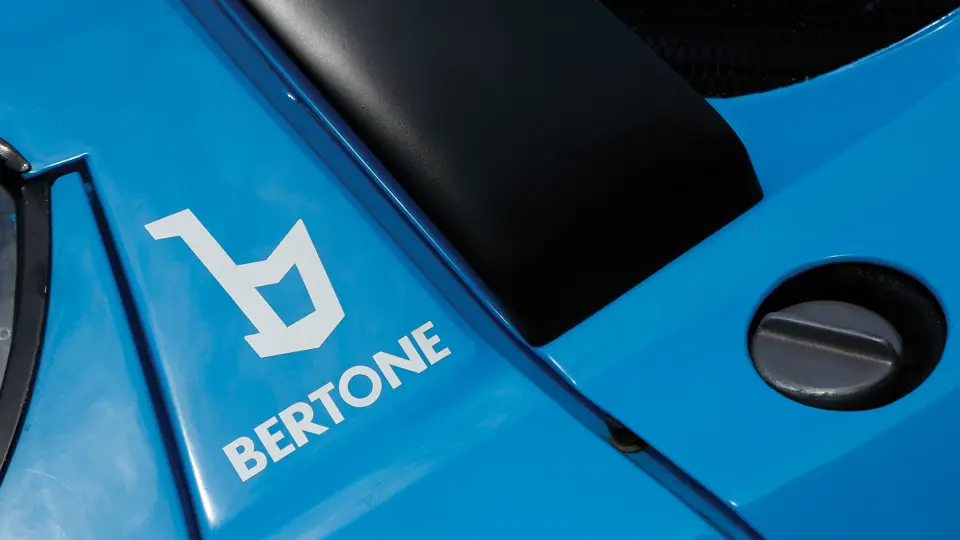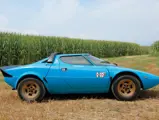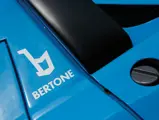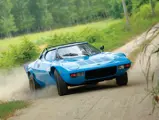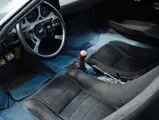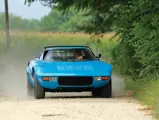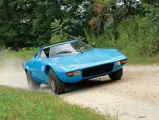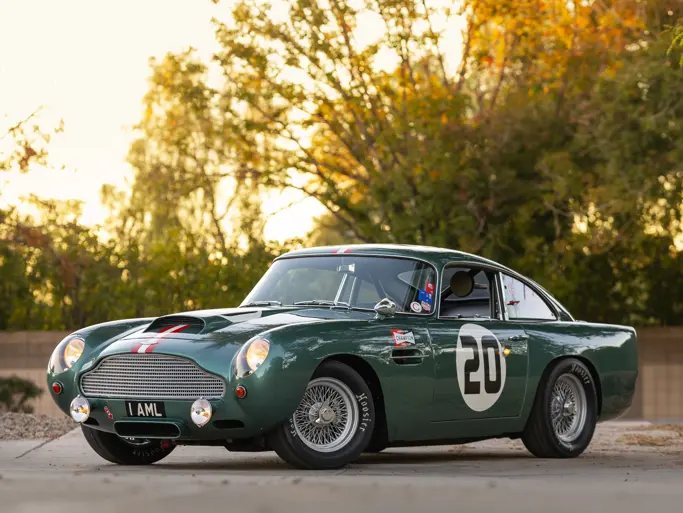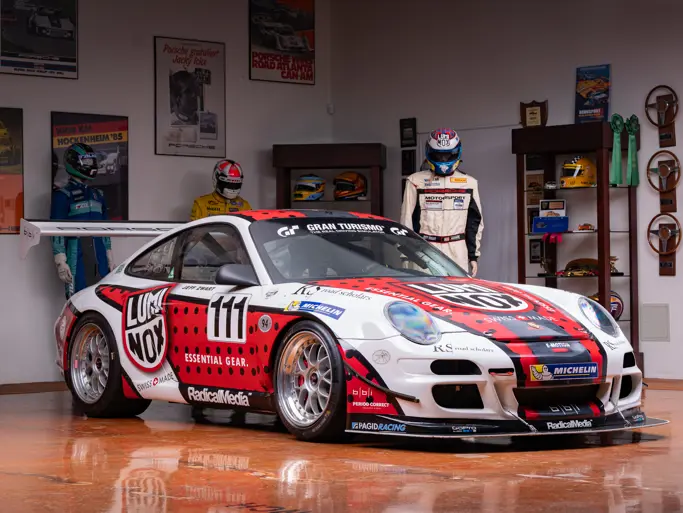192 bhp, 2,418 cc DOHC Dino V-6 engine with triple Weber carburettors, five-speed manual transmission, front and rear independent suspension with front coil springs and rear MacPherson struts, and four-wheel ventilated disc brakes. Wheelbase: 2,180 mm
The Lancia Stratos is without a doubt one of the most successful and recognisable rally cars in existence.
It began in 1970, when Italian design house Bertone arrived at the Turin Motor Show with a radical concept, the Stratos Zero. The Zero looked like a futuristic spaceship and stood out not only to the throngs of media and show-goers but also to Lancia Director of Public Relations Sandro Fiorio. Fiorio and his son, Cesare, Lancia’s then rally team chief, pondered about how a production version of this radical design could be introduced in order to reverse the manufacturer’s relatively staid image and its struggling motorsports division.
With a sense of purpose, the Fiorios approached then Lancia Managing Director Ugo Gobbato with the idea of a Bertone-bodied car based on the Stratos Zero concept. Gobbato, an ex-Ferrari chief, signed off on the project, on the condition that it would be powered by a mid-mounted Ferrari V-6 engine and a five-speed manual gearbox, creating a very clever example of parts sharing, which would also help to keep development costs in check.
The following year, the orange Stratos HF (High Fidelity) prototype debuted at the 1971 Turin Auto Show. The Stratos’ stunning design was entrusted to Marcello Gandini, and in a nod to the car’s competition intentions, it featured a large wraparound front windshield that offered an enormous outward view for its driver. As such, the Stratos is considered to be the first automobile ever to be purposely built for the World Rally Championship.
In 1972, the Stratos began its racing career and was campaigned as a prototype by the Lancia team. Success did not come immediately, and the Stratos finally earned its first win in 1973. By 1974, Lancia and its Stratos were on their way to supremacy in Group 4 rallying. Entry into that year’s round of the World Rally Championship required the production of 500 road-legal units. Production commenced in 1973; however, only 492 were ever completed, as the Group 4 production requirement for the WRC was dropped to 400 units.
The Stratos was a huge success on the world’s rally stages, securing three outright World Championship victories in 1974, 1975, and 1976, cementing its legendary status. Its success would not end in 1976, however. After its formal reign was over, the Stratos proved to be successful in the hands of privateers, even winning the Monte Carlo Rally in 1979.
This Stratos Stradale, body number 445, is presented in stunning blue and was first registered in Italy in October 1975, when it was sold to its first owner, Paolo Neri, a resident of Livorno. It remained in Livorno and was sold to its second owner, Romano Cionini Visani, in 1976. Mr Visani would sell this Stratos Stradale in early 1983, only to then buy it back in December later that year. He would retain the car for a further 11 years, selling it to the current consigner in 1994.
Now, after more than 20 years of continuous ownership, as confirmed by its Italian registration history, this stunning Lancia is offered with its original drivetrain. This is a matching-numbers example, with its identification tags intact and the original Scocca (body) numbers visibly stamped under the front clip, on the inside of both door jams, on the boot lid, and on the bulk head inside the boot of the car.
Owning this Stratos will bring a huge smile to the face of not only its driver but also everyone who sees and hears the car go by…usually sideways!


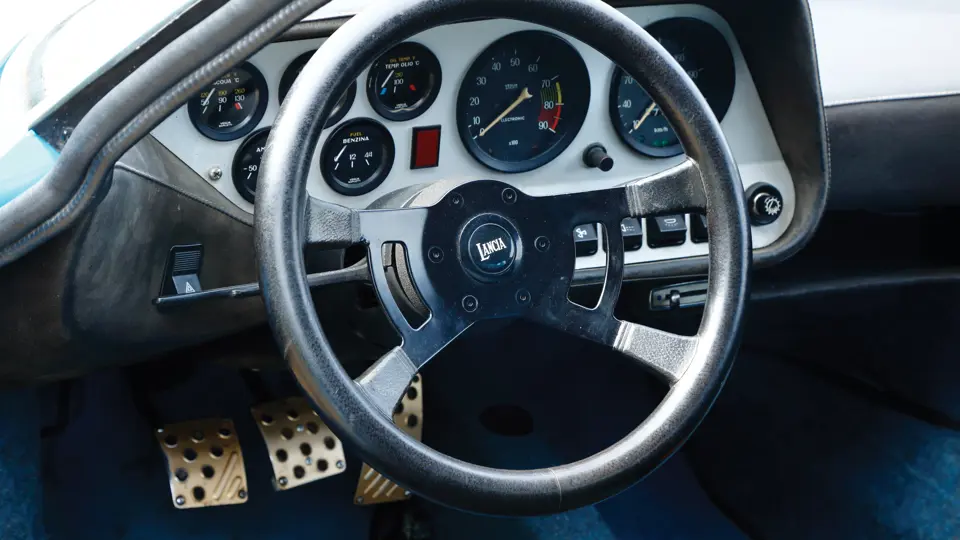

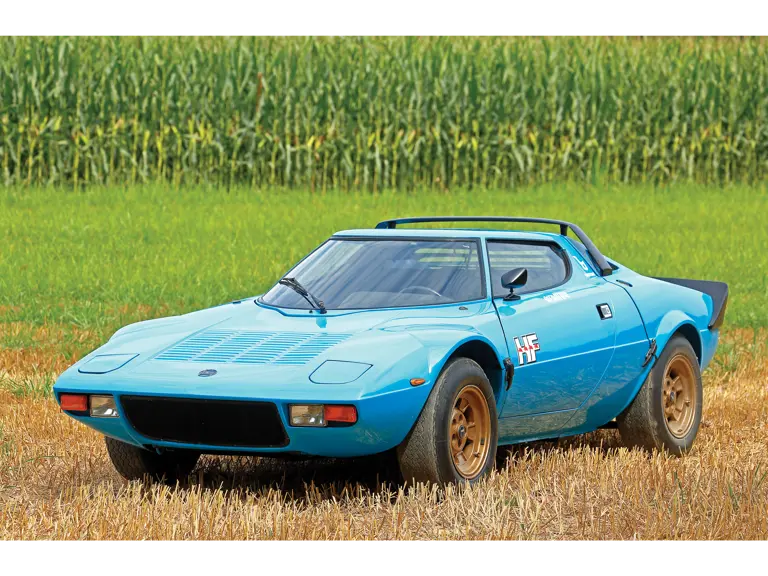
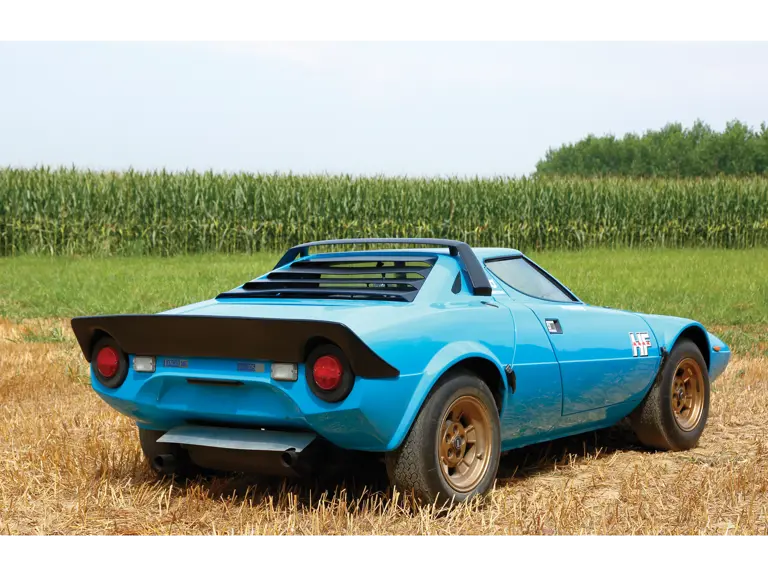
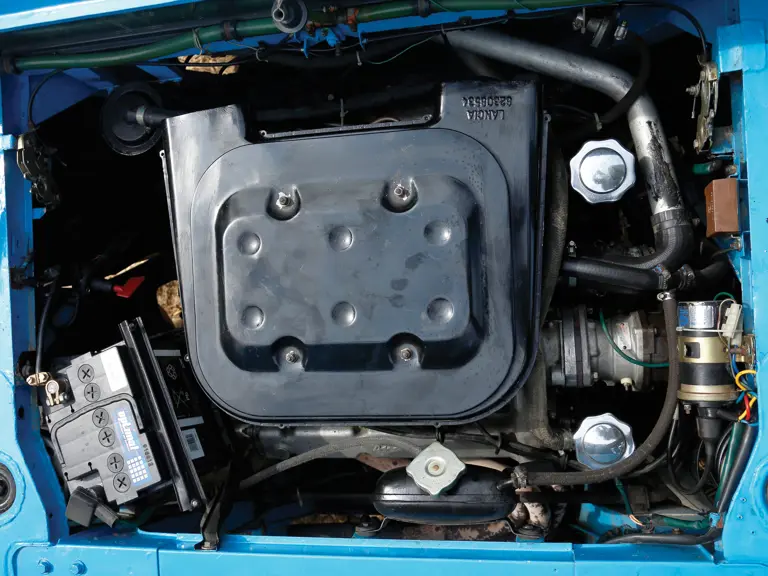




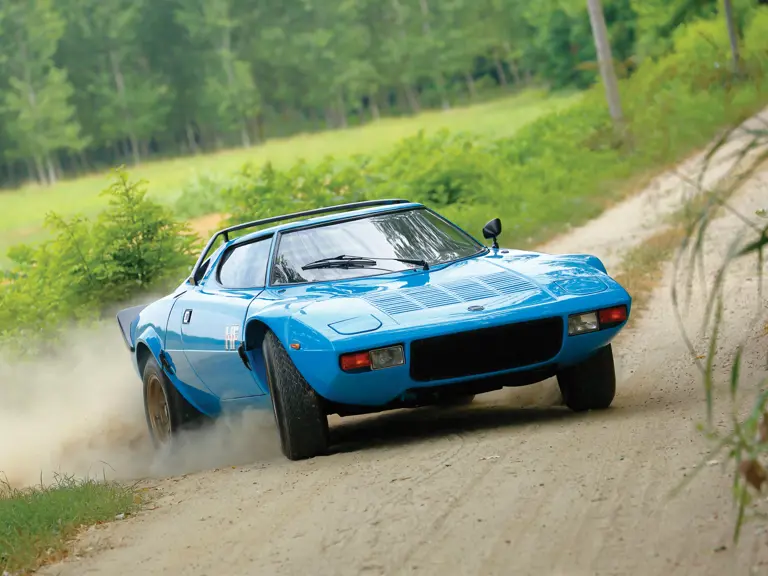
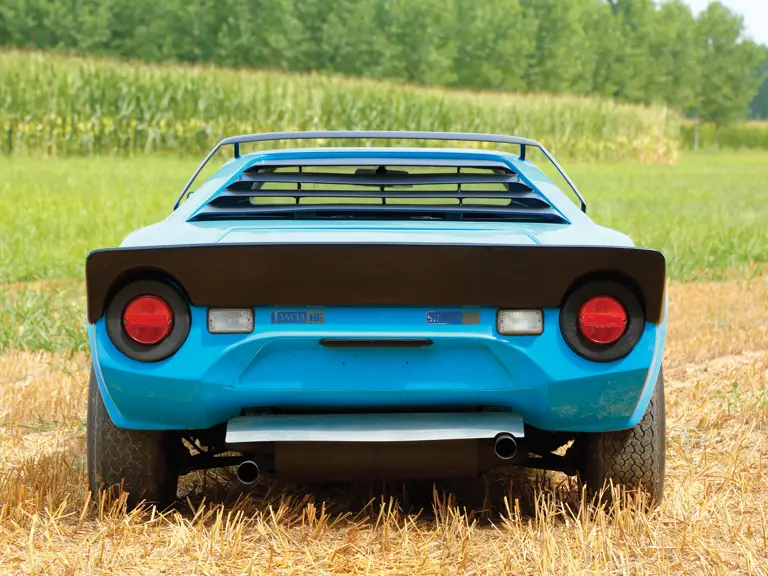
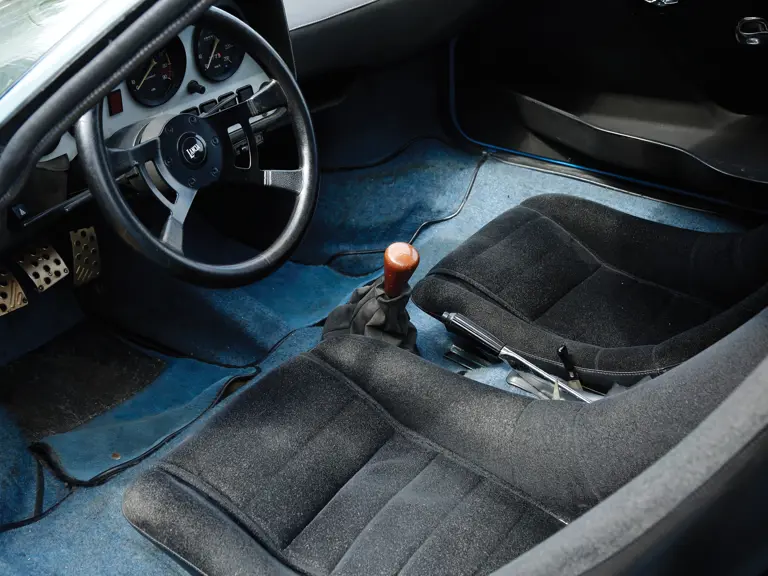
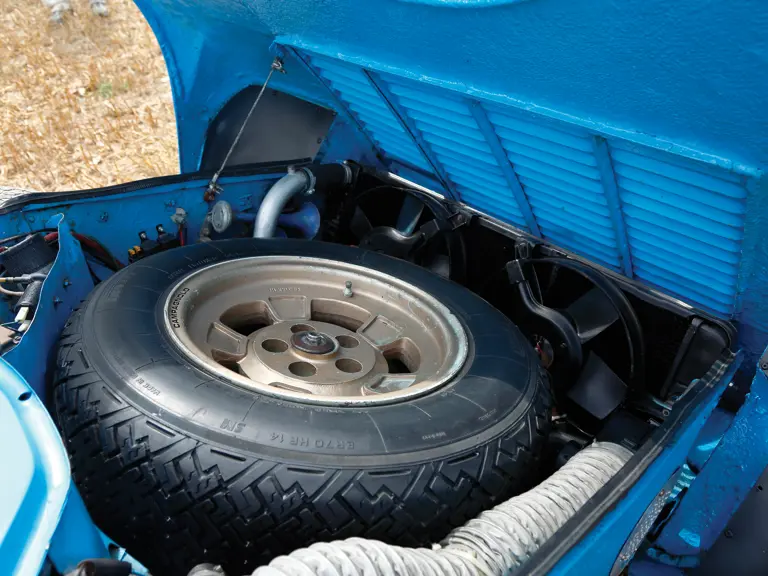
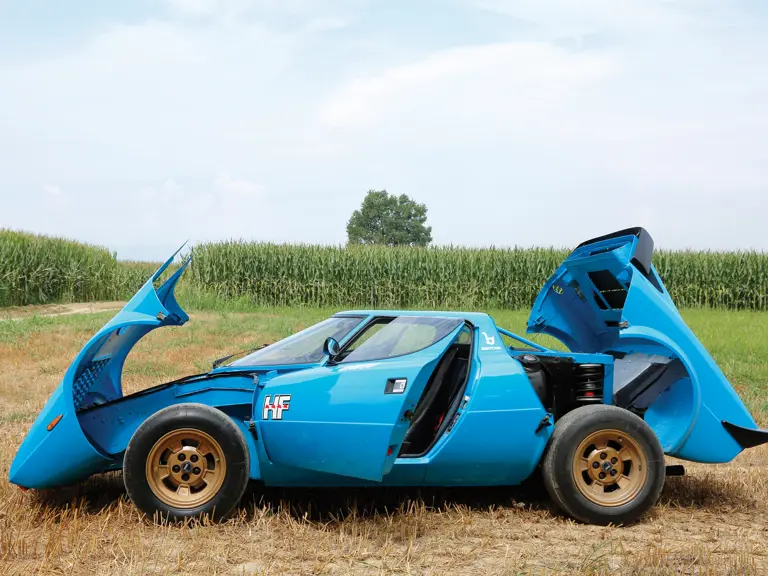
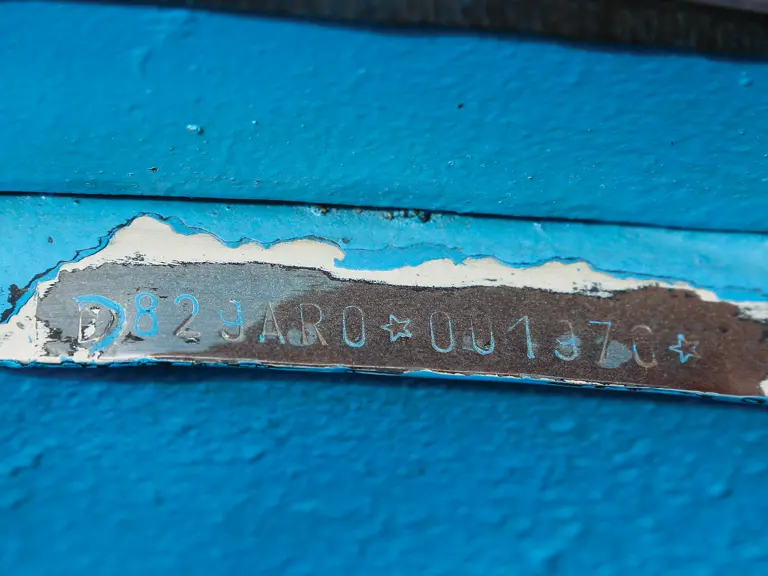
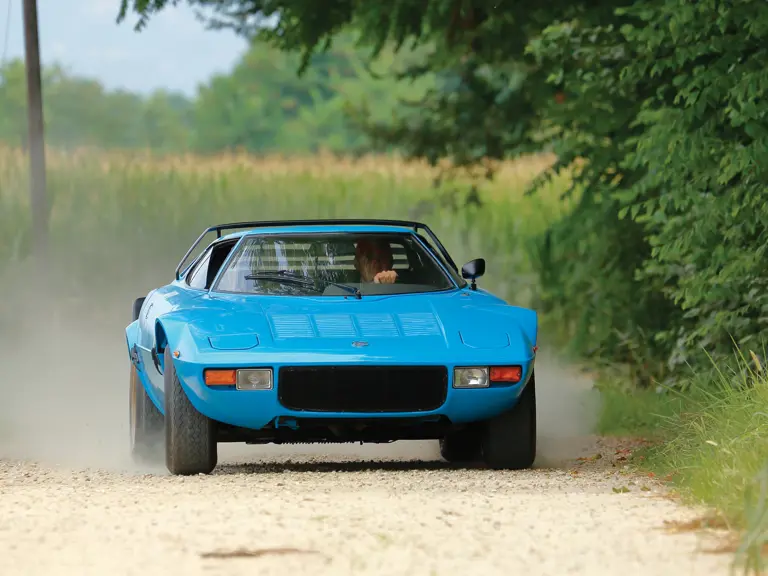
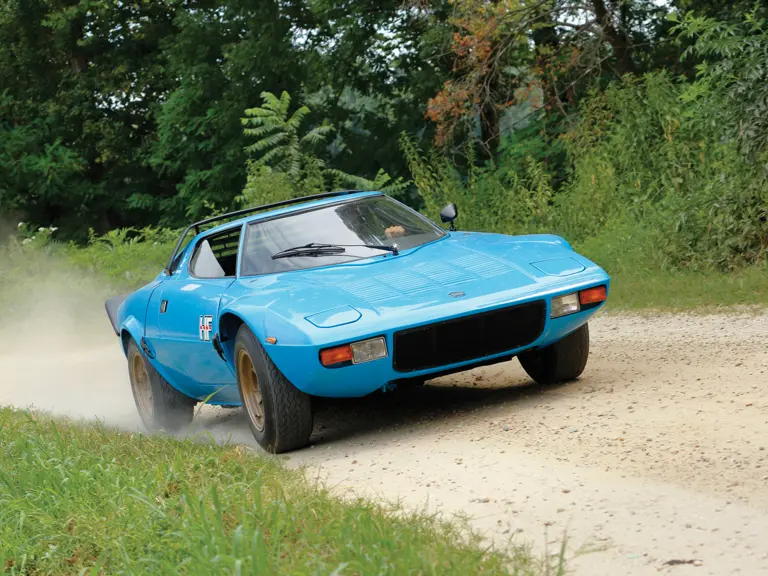

 | London, United Kingdom
| London, United Kingdom
